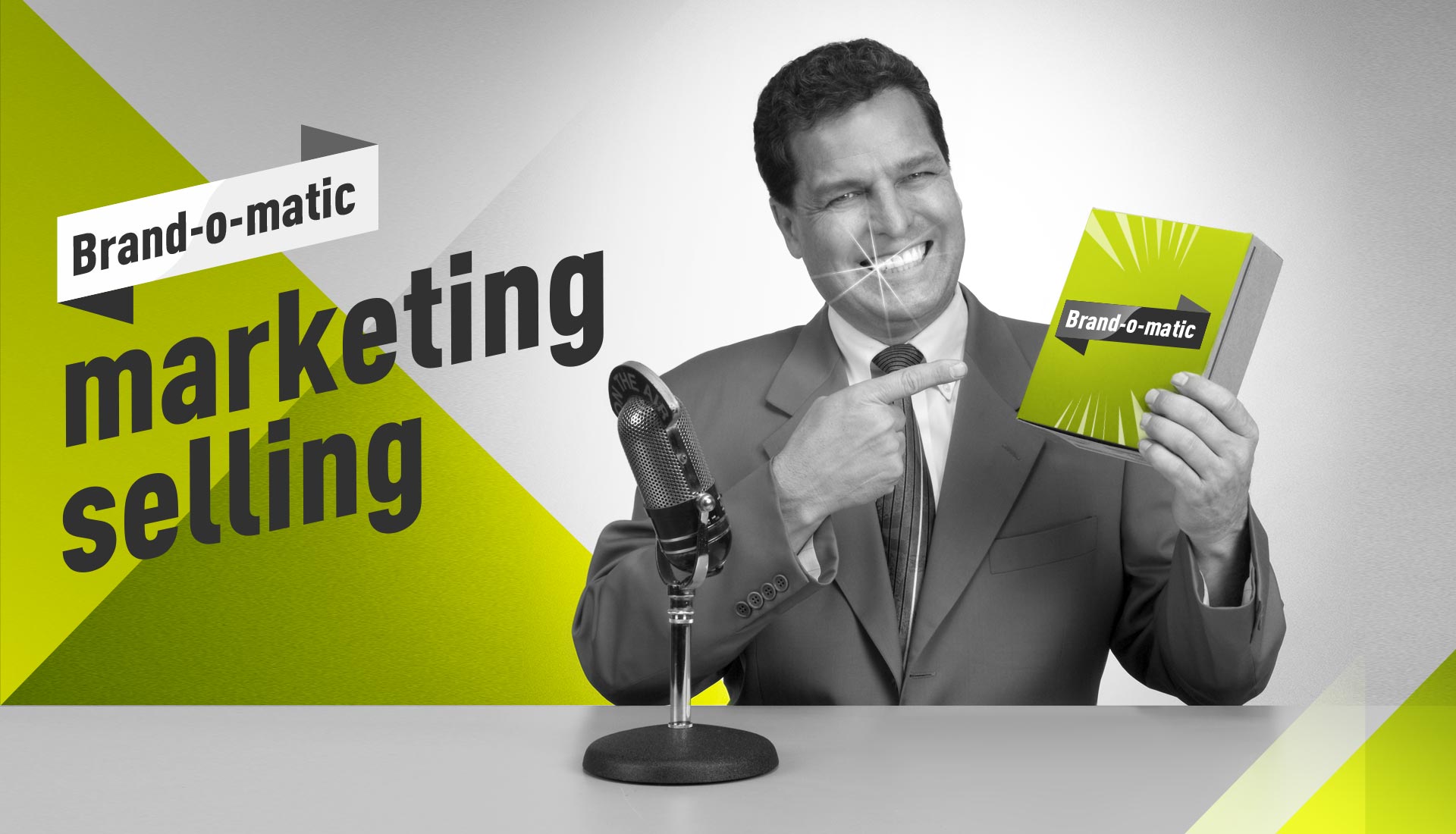The difference between marketing and selling
There is very often confusion between sales and marketing, and so in this blog, we take a look at the differences but also how the two work alongside each other.
Marketing is actually very different to selling but the two are very often lumped together with even some jobs advertised as ‘Marketing and Sales Manager.’
Hundreds of books have been written in-depth about marketing but to define it briefly; marketing takes place before you actually get to the buying process. It identifies, anticipates and satisfies the customer’s needs and does so through the 7ps of the marketing mix – product, place, price, promotion, people, processes and physical evidence. We have set out briefly below how these form part of your marketing process.
The marketing process
1. Product
This relates to anything that is being sold such as a product, experience or service.
2. Place
This is how you choose to distribute your product or service such as a website (E-commerce shop), high-street shop, or warehouse. Where you sell your product should be carefully thought about so that you reach that all-important ideal customer.
3. Price
The cost of your product or service. You should think carefully about the perceived value of your product and take into account the pricing strategy of your competitors to ensure you are not under or overpricing.
4. Promotion
How you communicate the details of your product to your customer. This could be via traditional advertising such as TV, radio, print, billboards or through digital methods such as your website, social media, or email marketing. Remember whichever you choose, make sure it is where your ideal customer is most likely to see it otherwise you are wasting your money and time.
5. People
Your employees will have a profound negative or positive impact on customer satisfaction, so you need to ensure that all staff are aware of your business ethos. They should be trained correctly, well-suited to their role, adhere to social media policies, and add value to your brand.
6. Process
Your customers will invest in an entire process when buying from you from researching your product, speaking to staff, buying the product and after-sales care. These all need to be thought-about to ensure the client has the best experience.
7. Physical evidence
This is important to all customers but especially for those first-time customers that have never used your product before. If your digital or physical premises doesn’t look professional, why would your customers think your product is?
The sales process
Sales is a tactical process involving a transaction between two (or more) people in which the buyer receives a product or service in exchange for money.
Just like the marketing process the sales process usually has 7 key steps including:
1. Prospecting and Initial Contact
Prospects (or leads) tend to come from the marketing process such as from networking, social media, cold calls or referrals and are people that have expressed an interest in your product/service. Initial contact is made through a call or email.
2. Qualifying
The sales team will ask key questions, to see if the lead is a good match for your product.
3. Need Assessment
A set of standard questions are usually asked so the salesperson can understand the prospect’s challenges and motivations.
4. Sales Pitch or Product Demo
An opportunity to demonstrate how your business can help solve the problem the prospect is having.
5. Proposal and Handling Objections
This may not apply to every business, but where it does, it gives an opportunity to show that you are clear about the prospect’s objectives and how you can add value by helping them.
6. Closing
The prospect commits to buying a product.
7. Following up, Repeat Business & Referrals
The time to nurture the customer relationship so they stay with you and recommend you to others.
Imagine you are buying a new television. You have seen a TV advert about the brand of TV you are interested in, researched it on a website or on social media and asked your family and friends for recommendations. This is all part of the marketing process.
So, when you have carried out all the research about your new TV you then go to the store and speak to the salesperson who helps you make that final decision to buy the product. This is part of the sales process.
Marketing develops the relationship between the product/service and the clients, but it is then up to the business owner or sales team to ‘close the deal’ and this is where the marketing and sales process finally merge.
In summary, marketing and sales are two very different processes – the marketing team can get the client ‘through the door’ i.e., to your website, social media, email list, phone but it’s the sales team or business owner that are responsible for closing the final deal.

Sign up here for your Brandspace newsletter with tips and advice to grow your business.
Need help creating your emails? Let us take care of them for you, book a free discovery call: rachel@brandspacemedia.co.uk








